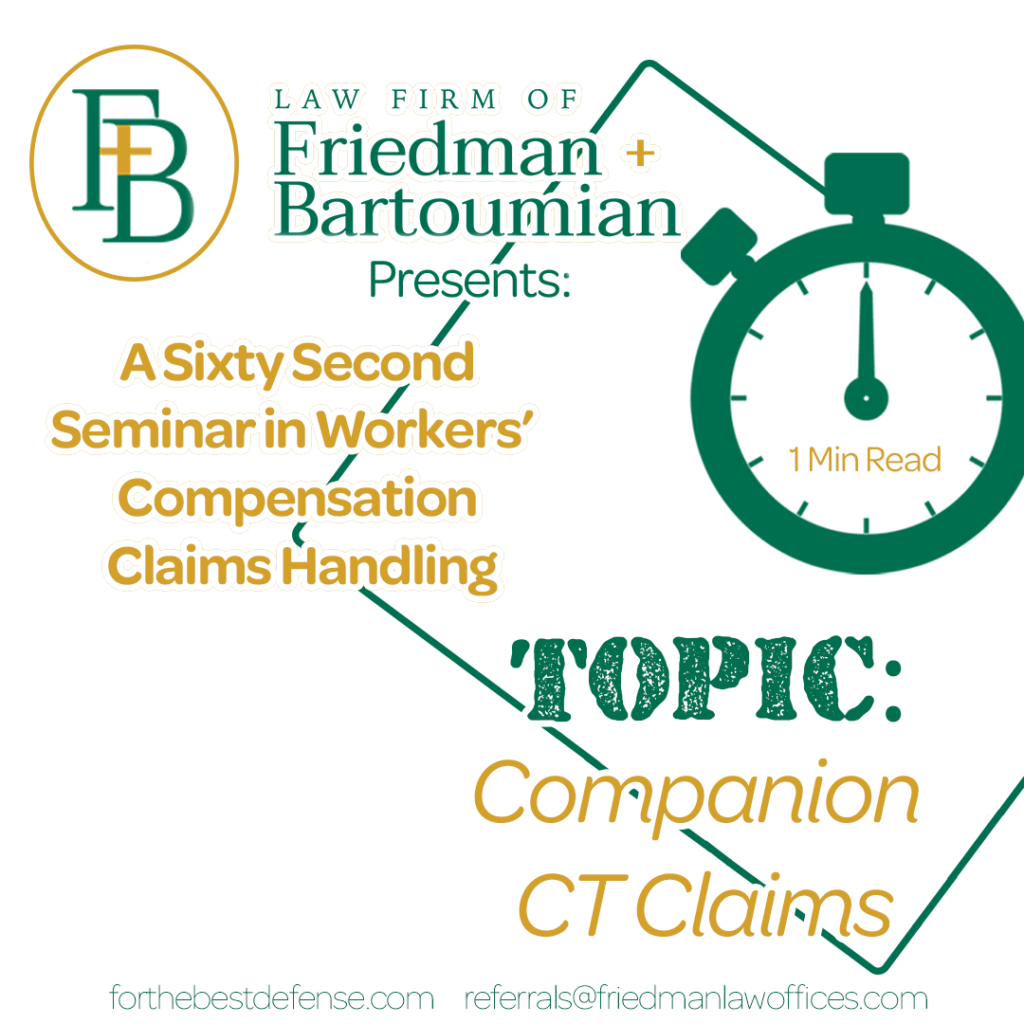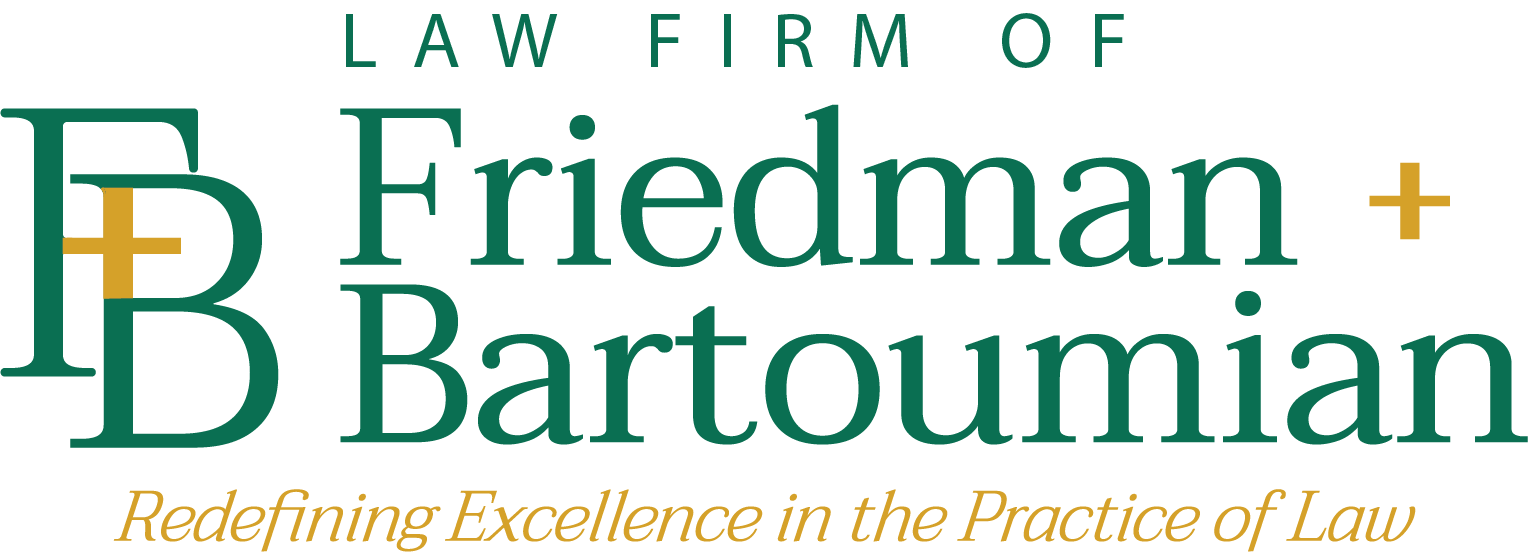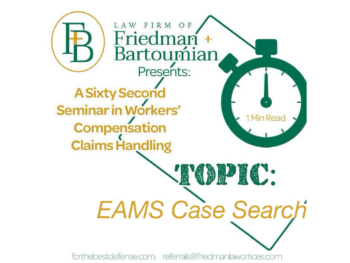
It is common practice for applicant attorneys to file two applications for adjudication on behalf of an injured worker even when only one body part has been impacted. The first claim will identify a specific date of injury while the other will be for a continuous trauma to the same body part. It happens all the time.
If two injuries are filed prior to an initial QME examination, then the QME must address both claims. However, if only a specific injury is filed, followed by a QME report, then afterwards, the applicant’s attorney is allowed to file a CT claim and seek a med/legal evaluation with a different QME physician. This strategy gives applicant’s attorneys a second bite at the “QME apple” if they are dissatisfied with the findings of the initial QME. On the other hand, should the findings from the initial QME favor the applicant, then there is no need to file a companion CT claim.
When two claims are asserted which involve the same or overlapping body parts, the claims should be settled simultaneously. That eliminates the possibility that the employer might buy out future medical liability as to one claim, yet leave the door ajar for an open medical award in the other.
Claims administrators must also be diligent when dealing with SJDB vouchers in dual files. If the applicant was never entitled to TD in the companion CT case, then the worker is ineligible for a voucher in that file. Double vouchers are only to be issued is when both claims result in TD eligibility and PPD entitlement, and where an offer of regular, or permanent modified/alternative job has not been timely conveyed.
Allow us to offer one last claims handling tip: whenever a companion CT is added to a specific injury claim, the examiner should immediately review the specific injury medical file. If those records identify the existence of a CT injury resulting in disability, then applicant’s attorney had only one-year from receipt of that report to file the CT claim with the WCAB, and assuming that the claims administrator previously sent out a DWC-1 claim form upon receipt of their copy of the same medical report, a statute of limitations defense should apply!


 Streamlining UR: A 60-Second Seminar in Workers’ Compensation Claims Handling
Streamlining UR: A 60-Second Seminar in Workers’ Compensation Claims Handling
Leave a Reply